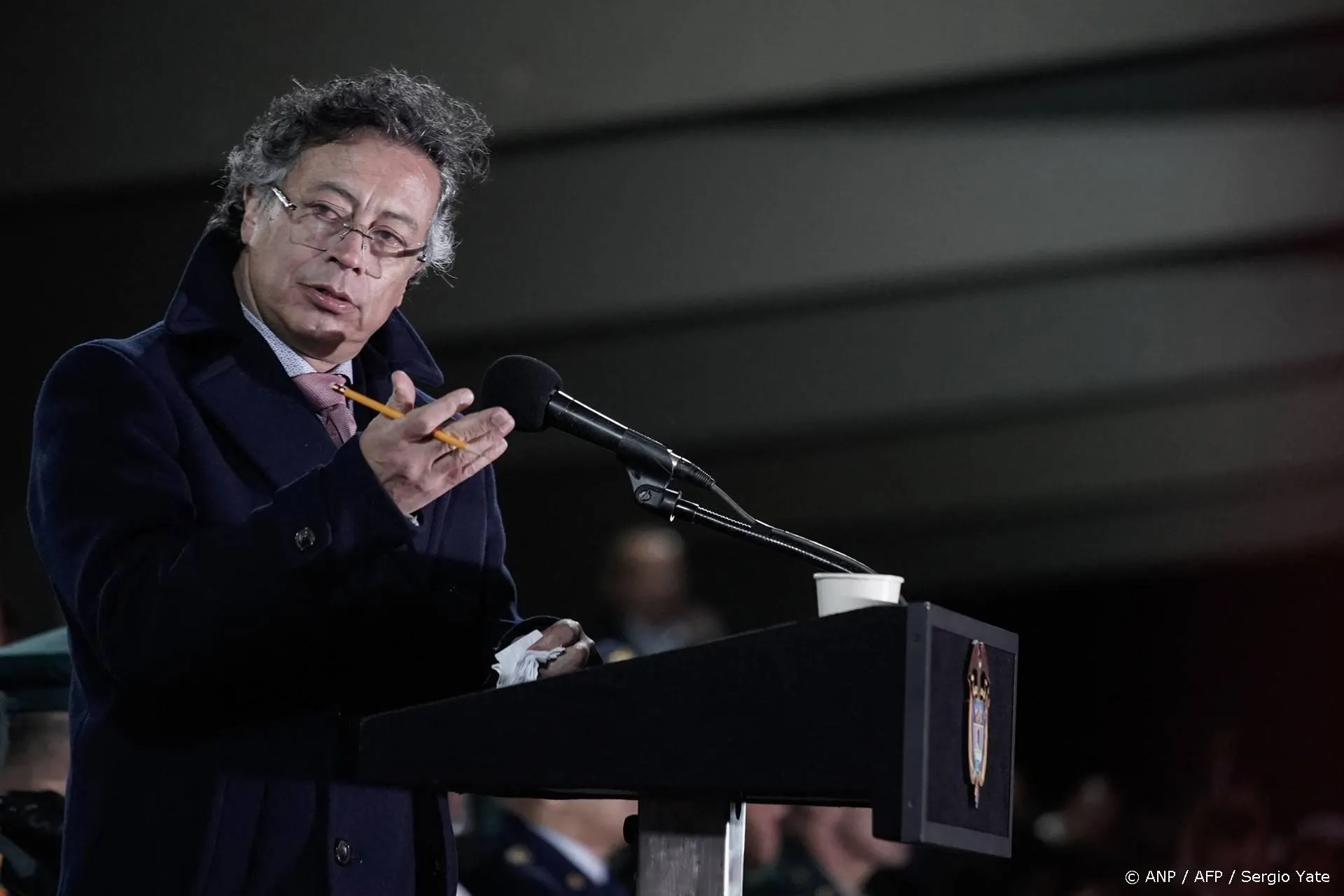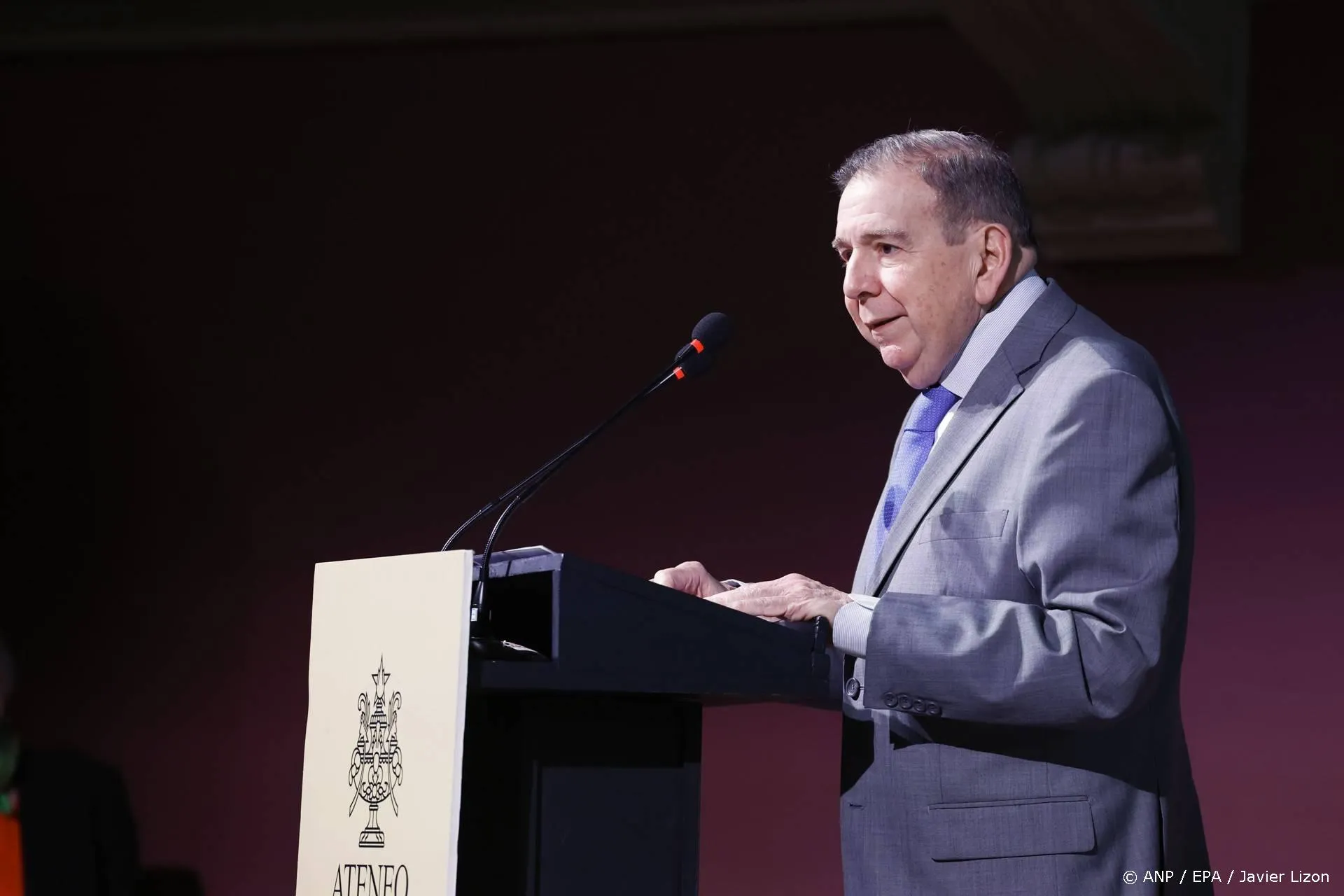En wat nu als Occupy Wall Street een bankrun veroorzaakt?
Assumption 1: For the sake of example, lets assume that every single OWS protester or American interested in sticking it to the big banks kept their deposits at Bank of America and had ~$5,000 in the bank. After all, these would be the slighted customers who are now paying fees for using a debit card. Lets assume, to be generous, that one million people would participate in this movement.
Assumption 2: Tomorrow morning, each of these one million people transfer, on average, $5,000 each to a different bank.
Implication: Absolutely nothing. Mechanically, $5billion would be taken out of B of As Fed account and transferred to various community bank/credit union Fed accounts. Bank of America as of 6/30/2011 had ~$120bil sitting at the Fed. This improbable scenario would barely make a dent in their cash position. You can quickly do the math, and see how flush with liquidity a bank like $BAC currently is.
Assumption 3: The OWS protesters are magically able to convince one million $BAC customers to withdraw $120,000 each tomorrow.
Implication: This pie in the sky scenario would leave $BAC with no cash at the Fed. What would they do? If you read my earlier post here, you would see that $BAC also has $50bil of USTs and $230bil of Agency MBS.
Conclusion: Ok, I assume you get the point. There is very little risk of a run on TBTF banks given their current liquidity positions. Heres the most ironic part: banks would actually be more than happy to have certain unprofitable deposits leave the bank. With each incremental dollar sitting at the Fed or going into USTs, there is little/no value for new deposits.
Furthermore, by de-leveraging through deposits leaving, bank capital ratios would actually IMPROVE! The denominator in certain bank capital ratios is average assets, so a reduction of deposits would actually improve capital ratios.
Lees ook
Loading


